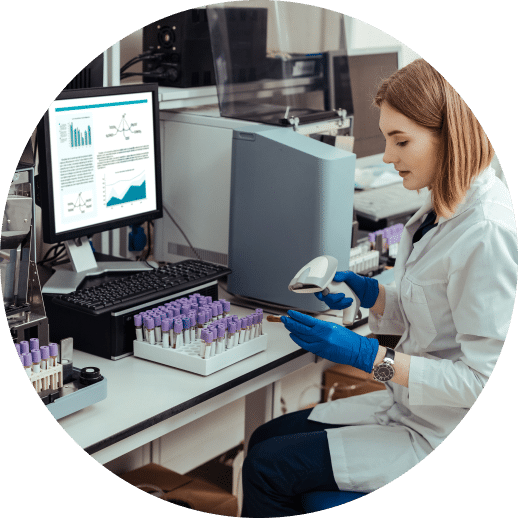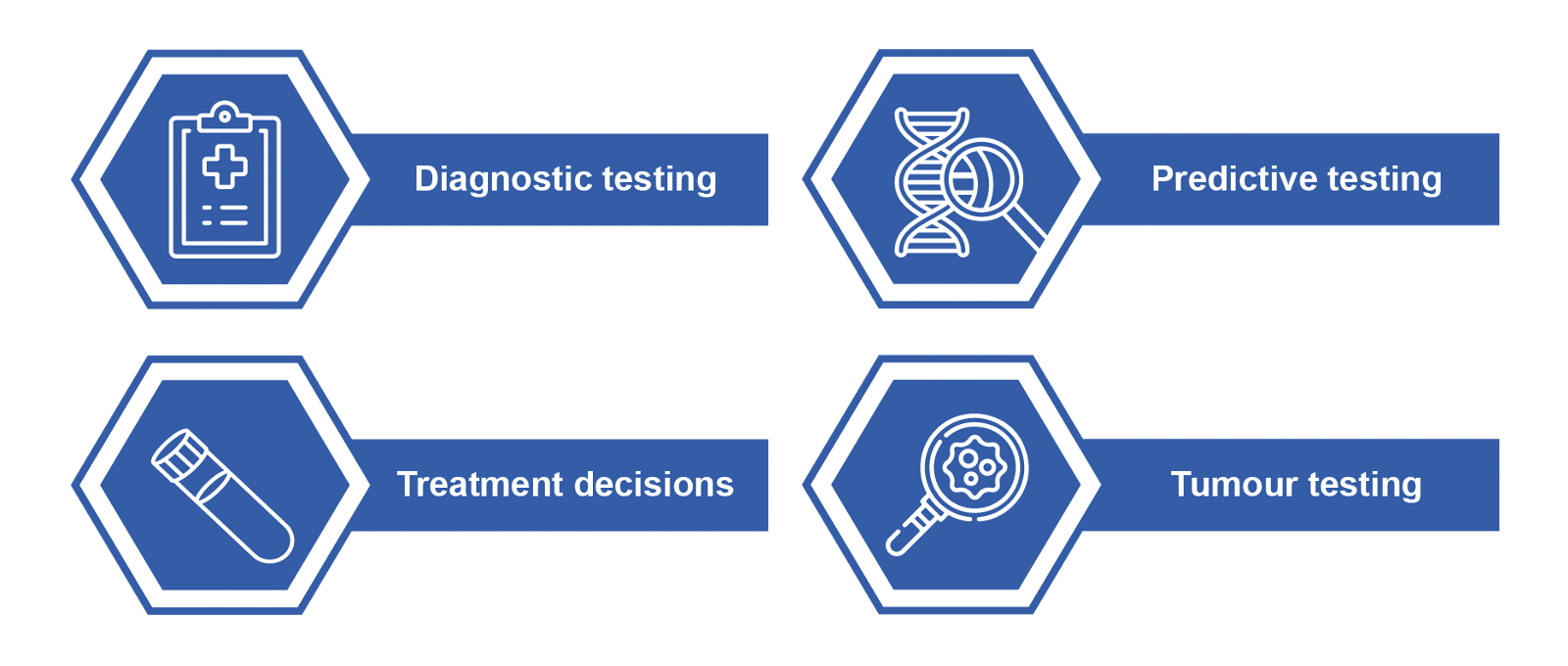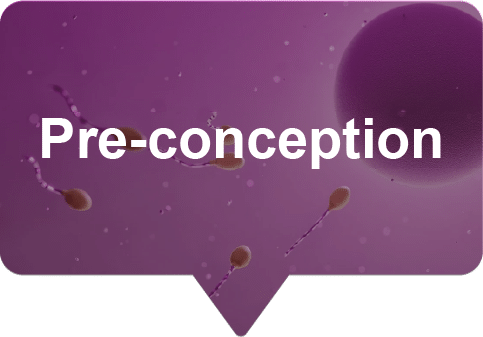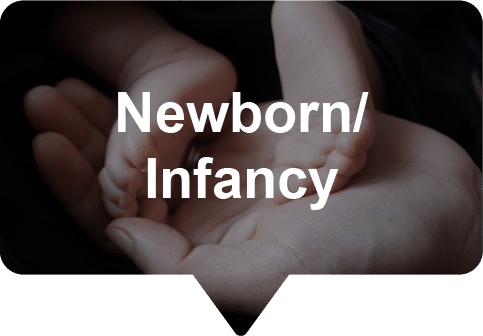How is it used in the NHS
In the last 20 years or so the field of genetic and genomic testing has advanced rapidly.

In the last 20 years or so the field of genetic and genomic testing has advanced rapidly. The development of new tests and techniques has shaped how the testing is used in our NHS.
Some examples of how these tests can be used in healthcare are:

Genomic testing is now integral to many parts of the NHS at multiple stages of a person’s life.
Genomics throughout life
Examples of where genomics can be used:
- Fertility disorders (e.g. Turners Klinefelters)
- Prospective parents with any genetic conditions
- Consanguinity
- Preimplantation genetic diagnosis

Examples of where genomics can be used:
- Expectant parent’s own genetic condition (e.g. sickle cell disease, CF, Marfan syndrome)
- Family history of genetic conditions
- Genomic red flag*
- Antenatal screening and diagnostic tests
- MODY
- Non-Invasive Prenatal genetic diagnosis (NIPD)

Examples of where genomics can be used:
- NIPE screening
- Newborn blood spot (NBS) screening
- Whole Genome Sequencing of newborns – Generation study

Examples of where genomics can be used:
- MODY
- Intellectual disability/autism
- Metabolic Conditions

Examples of where genomics can be used:
- Cancer conditions (e.g Breast, Bowel, Lynch syndrome)
- Monogenic diabetes
- Familial Hypercholesterolemia
Carrier testing for partners e.g. Cystic fibrosis) or predictive testing for family members of affected individuals
